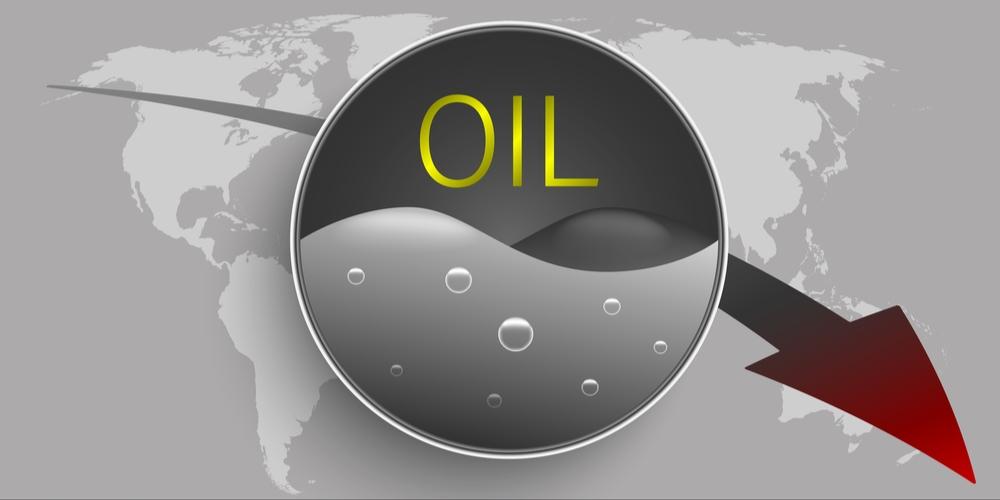Demand optimism amid production cut by OPEC plus countries lifted global oil prices to three-month highs. The most active US NYMEX futures gained almost 17 percent in July, sending prices well above $80 a barrel level. Tighter supply and expectations that the US Federal Reserve is close to ending its monetary tightening cycle, also aided a positive outlook on the fuel.
The OPEC Plus countries, which pump almost 40 percent of the world’s crude, have a broader plan to limit supply into 2024 and prop up global oil prices. In October 2022 and April this year, the production cartel decided to cut output of its member countries to tackle the supply glut and boost prices.
Saudi Arabia, the top producer of the OPEC cartel unanimously cut its output by another one million barrels per day from July. This voluntary reduction is on top of the broader deal by the OPEC plus countries. The country also flagged that it may continue with reduced barrels in the coming months. Likewise, Russia announced a reduction in export by 500,000 barrels a day in August and 300,000 bpd in September.
So far, the total production curb pledged by the OPEC plus producer group is 5.16 million bpd, which comes to about 5 percent of the daily global demand.
Signs of economic recovery, especially from the US and Europe are raising hopes of increased demand. As per the latest data, the US economy is growing better than expected in the second quarter, eliminating the fear of a recession. Besides, the European economy returned to growth and the region’s inflation continues to fall in the second quarter of 2023.
Earlier, there was an assumption that global oil prices will stall this year due to weak economic growth on the back of severe monetary tightening which could curb demand.
However, now the outlook has been revised by agencies. Goldman Sachs expects an all-time high consumption of 102.8 million bpd in July and predicts solid growth in consumption in the second half of this year. In addition, as per the latest reports from OPEC and IEA, global demand would rise by more than 2 million bpd in 2023.
In the meantime, most of the demand growth would be centred around the rebound of China’s economy as the country is the largest oil importer and the second largest consumer. China’s economic optimism faded in the second quarter followed by a series of weak economic releases.
Though China’s crude imports have been robust in recent months, there are concerns that the soft economic outcomes will eventually translate into weak oil imports and demand. An increase in prices may also slow down China buying.
As demand outpaces supply, US inventories have also begun to drop. Currently, the US inventories are running at historically low levels. As per the latest Energy Information Administration report, stocks fell in the week by 17 million barrels, the largest drop since 1982.
Looking ahead, prices continue to stay firm but major rallies are unlikely. Uncertain demand from China, G-20 price cap, and a recuperating US greenback would weigh down the sentiments. Similarly, a drawdown in US inventory and production cut initiatives by OPEC plus countries would halt major selling pressure in prices in the coming days.
First published in The Economic Times








